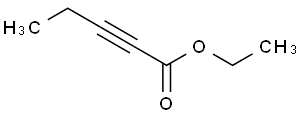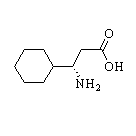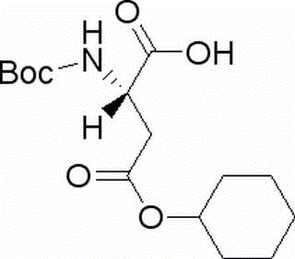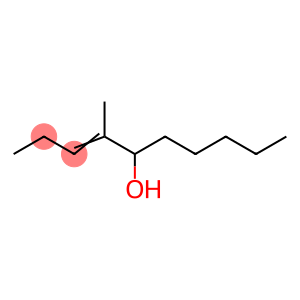1,1′-Oxydi-2-propanol(CAS#110-98-5)
| Safety Description | S23 – Do not breathe vapour. S24/25 – Avoid contact with skin and eyes. |
| WGK Germany | 1 |
| RTECS | UB8765000 |
| TSCA | Yes |
| HS Code | 29094919 |
| Toxicity | LD50 orally in Rabbit: > 5000 mg/kg LD50 dermal Rabbit > 5000 mg/kg |
Introduction
Dipropylene glycol. The following is an introduction to the properties, uses, preparation methods and safety information of dipropylene glycol:
Quality:
1. Appearance: Dipropylene glycol is a colorless to yellowish liquid.
2. Smell: Has a unique smell.
3. Solubility: It can be miscible with water and a variety of organic solvents.
Use:
It can be used as a plasticizer, emulsifier, thickener, antifreeze and lubricant, among others.
3. Laboratory use: It can be used as a solvent and extractant for chemical reactions and separation processes in the laboratory.
Method:
Dipropylene glycol can be obtained by reacting dipropane with an acid catalyst. In the reaction, monopropane undergoes a hydrolysis reaction to produce monopropylene glycol.
Safety Information:
1. Dipropylene glycol may be harmful to the human body by oral, skin contact and inhalation, and care should be taken to avoid direct contact.
2. When using dipropylene glycol, proper operating procedures and safety measures such as wearing protective gloves, goggles, and respiratory protective equipment should be followed.
4. When storing and handling dipropylene glycol, safe storage and handling procedures should be followed to avoid unsafe reactions with other chemicals.








